Strategies to Enhance Crawlability and Indexability: Unleashing Your Website’s Visibility
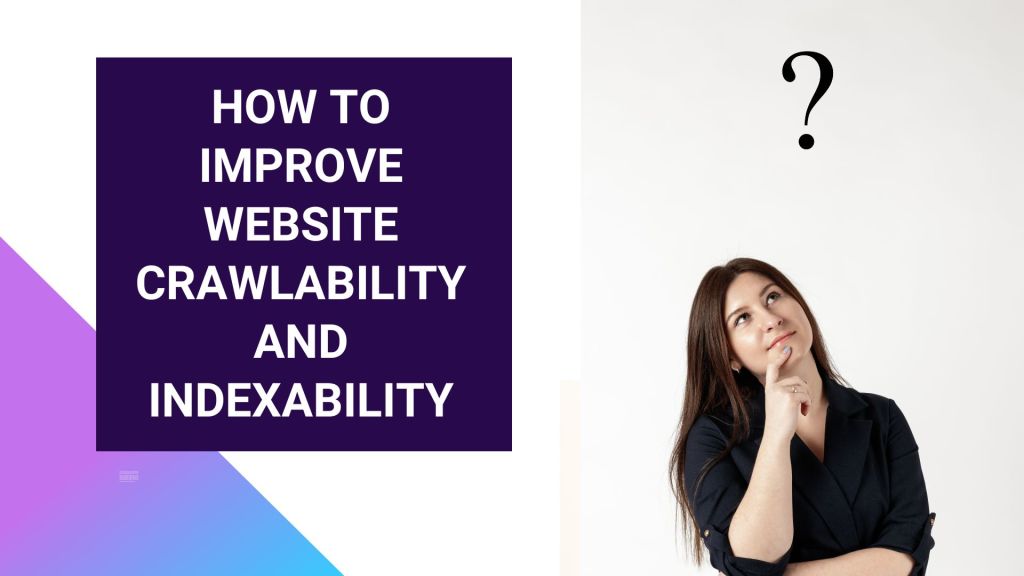
In the vast ocean of the internet, having a website is like owning a ship. But what good is a ship if it’s lost at sea, unseen by those who seek its treasures? In the digital realm, your website’s visibility is paramount to its success. That’s where indexibility and crawlability come into play. These twin pillars determine how easily search engines find, understand, and rank your site. In this comprehensive guide, we’ll navigate the waters of website optimization, equipping you with the knowledge to improve indexibility and crawlability and steer your site toward the shores of success.
Crawlibility and indexibility are two fundamental concepts in the realm of search engine optimization (SEO), governing how easily search engines discover, understand, and include your website’s content in their index.
What is crawlibility ?
Crawlibility refers to the ability of search engine bots (often referred to as crawlers or spiders) to navigate through your website’s pages, following links from one page to another and systematically gathering information. These bots crawl the web to discover new and updated content, which they then analyze and index.
Imagine your website as a vast library, with each page representing a book. Crawlibility is akin to how effectively librarians can move through the aisles, pulling out books and understanding their content. A well-structured website with clear navigation pathways and internal linking makes it easier for search engine crawlers to explore and index all relevant pages.
What is indexibility ?
Indexibility, on the other hand, pertains to whether your website’s pages are eligible to be included in a search engine’s index – essentially, whether search engines consider your content worthy of being displayed in search results.
Continuing with the library analogy, indexibility is akin to whether a book is cataloged and placed on the library’s shelves for patrons to find. Search engines evaluate various factors to determine the relevance, quality, and authority of a webpage before deciding whether to include it in their index.
Importance of Indexibility and Crawlability in SEO
Before we delve into the nitty-gritty, let’s establish a clear understanding of these two crucial concepts:
- Indexibility: This refers to a website’s inclusion in the search engine’s vast database, also known as the “index.” When a search engine encounters a new website, it sends out automated programs called “crawlers” to explore its content. If the crawlers can access and understand your website’s content, it becomes eligible for indexing, making it appear in search results when relevant queries are entered.
- Crawlability: This signifies the ease with which search engine crawlers can navigate and analyze your website’s content. It encompasses factors like website structure, navigation, and the presence of technical barriers that might hinder the crawlers’ ability to efficiently process your information.
Think of indexibility and crawlability as two sides of the same coin. For your website to be discoverable, it needs to be both crawlable and indexable. If the crawlers can’t access your website or decipher its content, it won’t be indexed, and your website will remain invisible in the search engine results pages (SERPs).
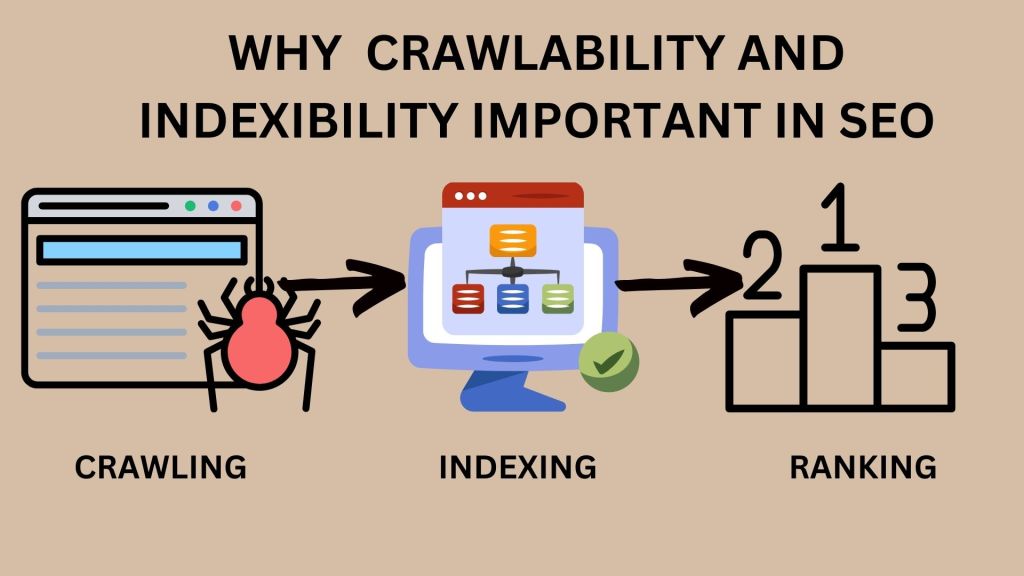
Methods to verify your website’s indexation and crawlability:
1. The Direct Approach:
- Search Engine Queries: The simplest method involves typing your website’s URL directly into the search bar of your preferred search engine (e.g., Google, Bing). If your website appears in the results, it’s likely indexed.
2. Leveraging Search Console’s Power:
- Google Search Console: This free tool offered by Google provides valuable insights into your website’s health and performance in search results. Once you’ve verified your website ownership, navigate to the “Coverage” section. This section displays the status of your website’s pages, indicating whether they are indexed and any potential indexing issues.
3. Utilizing Advanced Tools:
- SEO Tools: Several online tools, both free and paid, can provide further insights into your website’s indexation and crawlability. These tools often employ advanced techniques like sitemap analysis and backlink checks to offer a more comprehensive assessment.
Beyond Verification: Fostering Discoverability:
While verification is crucial, simply knowing your website’s status isn’t enough. Here are some actionable steps to improve its discoverability:
- Content Optimization: Regularly create high-quality, informative content that caters to your target audience’s needs. Search engines favor websites with fresh and relevant content.
- Technical SEO: Ensure your website is technically sound. This involves implementing best practices like proper internal linking, a mobile-friendly design, and fast loading speeds.
- Sitemap Submission: Submit your website’s sitemap to major search engines like Google and Bing. This roadmap assists the crawlers in efficiently discovering and indexing your website’s content.
Strategies to Enhance Crawlability and Indexability
A well-crafted website deserves to be seen, but without proper visibility in search engine results, it risks remaining a hidden gem. This is where crawlability and indexability come into play. By optimizing these aspects, you can ensure your website gets discovered by search engines and potential customers. Let’s delve into effective strategies to achieve this:
1. Craft a Clear and Concise Website Structure:
- Logical Hierarchy: Organize your website content in a hierarchical manner, resembling a tree. The homepage serves as the trunk, with subpages branching out like limbs. Each subpage should link back to its parent page, creating a clear path for crawlers to follow.
- Internal Linking: Strategically connect relevant pages on your website using internal links. This not only enhances user navigation but also helps search engines understand the relationships between different sections, aiding in comprehensive indexing.
2. Embrace Content as Your Ally:
- Fresh and Valuable Content: Search engines favor websites that consistently deliver fresh, high-quality content relevant to your target audience. Regularly update your website with informative and engaging content to maintain its value and encourage search engines to revisit and index new pages.
- Readability for Humans and Bots: Structure your content using clear headings, subheadings, and bullet points. This improves readability for both users and search engine crawlers, who can then better grasp the content’s essence.
3. Master the Technical SEO Realm:
- Robots.txt: This file acts as a set of instructions for search engine crawlers, specifying which pages they can access and index. Ensure it grants access to essential website elements while excluding irrelevant areas.

- Sitemap Submission: A sitemap acts as a comprehensive roadmap, listing all your important pages and their relationships. Submitting your sitemap to search engines like Google and Bing helps them efficiently discover and index your website’s content.
4. Prioritize Website Speed:
- Performance Optimization: A slow website can significantly hinder crawlability, as search engines prioritize websites that load quickly. Implement website speed optimization techniques, including image compression, caching, and minifying code, to ensure your website loads promptly.
- Mobile-First Approach: In today’s mobile-centric world, ensuring your website is mobile-friendly is no longer optional. Google prioritizes mobile-friendly websites in search results, so make sure your website seamlessly adapts to different screen sizes and devices.
5. Leverage Structured Data:
- Schema Markup: Implementing schema markup involves adding specific code snippets that provide search engines with additional context about your content. This can significantly enhance the way your website is displayed in search results, potentially leading to higher click-through rates.

Bonus Tip: Cultivate a Backlink Profile
- Earning Backlinks: Backlinks, or links from other websites pointing to your own, act as a vote of confidence in your website’s value. While not directly affecting crawlability, they can significantly influence indexability, as search engines consider websites with a strong backlink profile to be more trustworthy and relevant.
By implementing these strategies, you can significantly improve your website’s crawlability and indexability, paving the way for greater visibility in search engine results pages and attracting more organic traffic. Remember, search engine optimization is an ongoing process, requiring consistent effort and adaptation. Stay committed to these strategies, and watch your website climb the ranks, reaching its full potential!
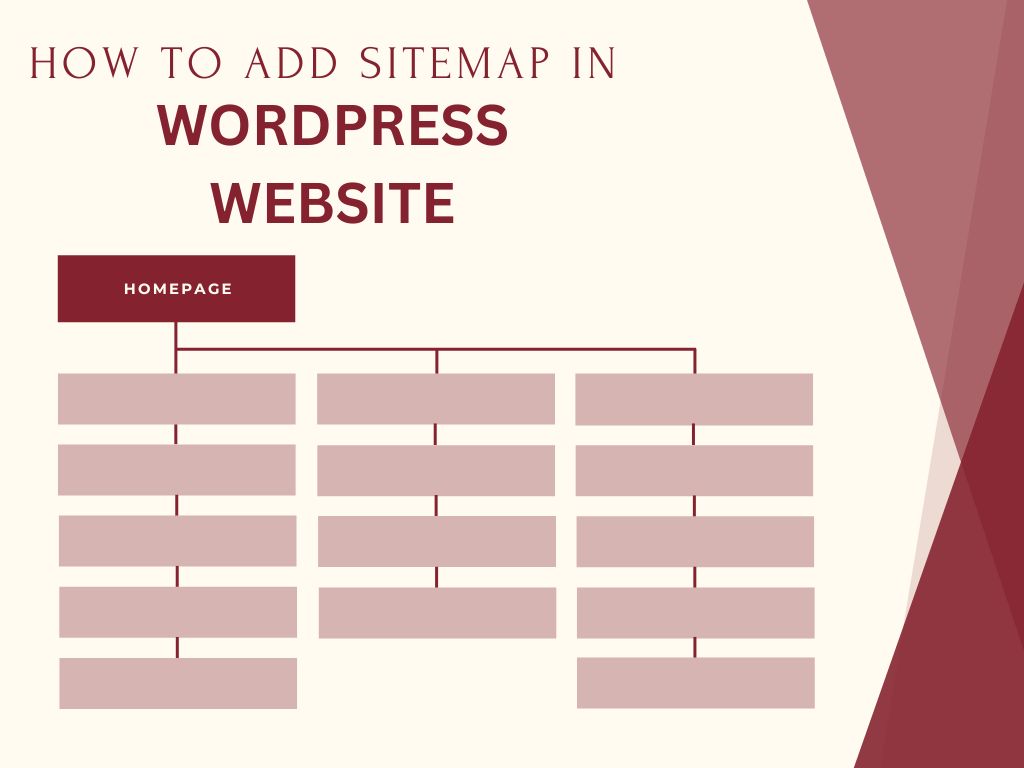

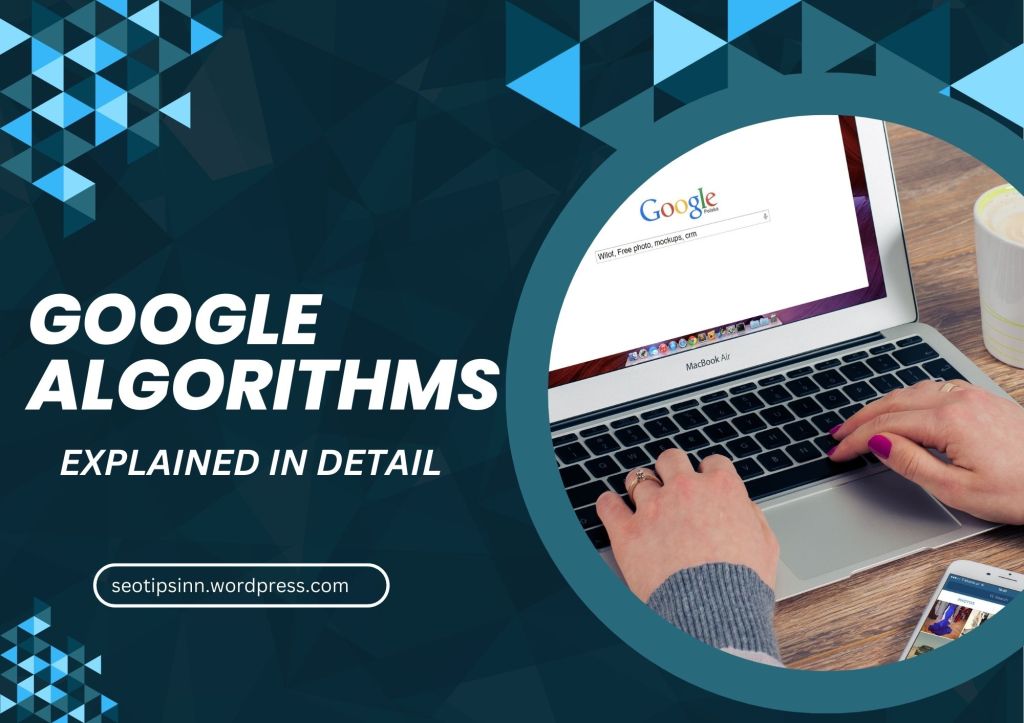
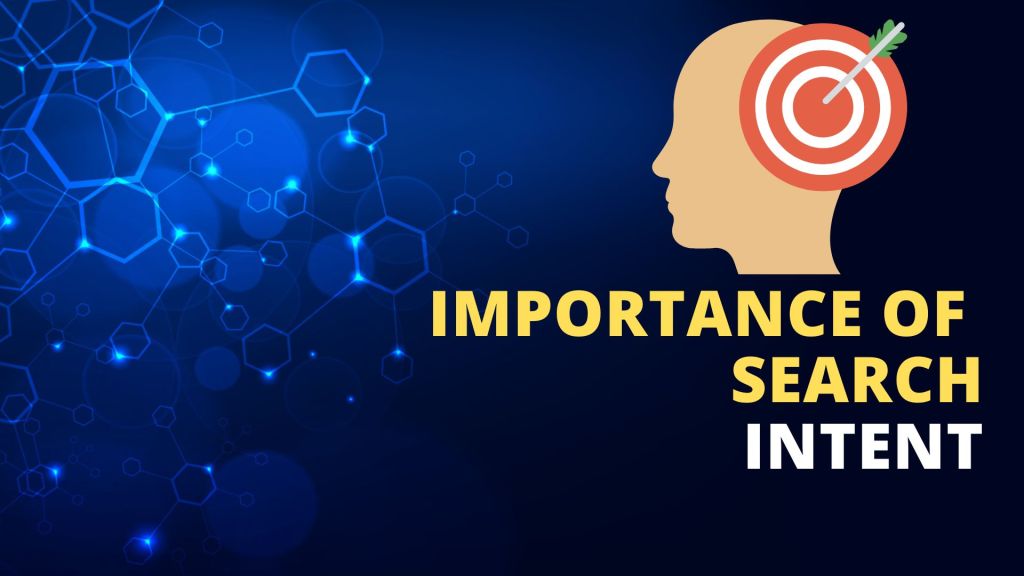
Leave a comment